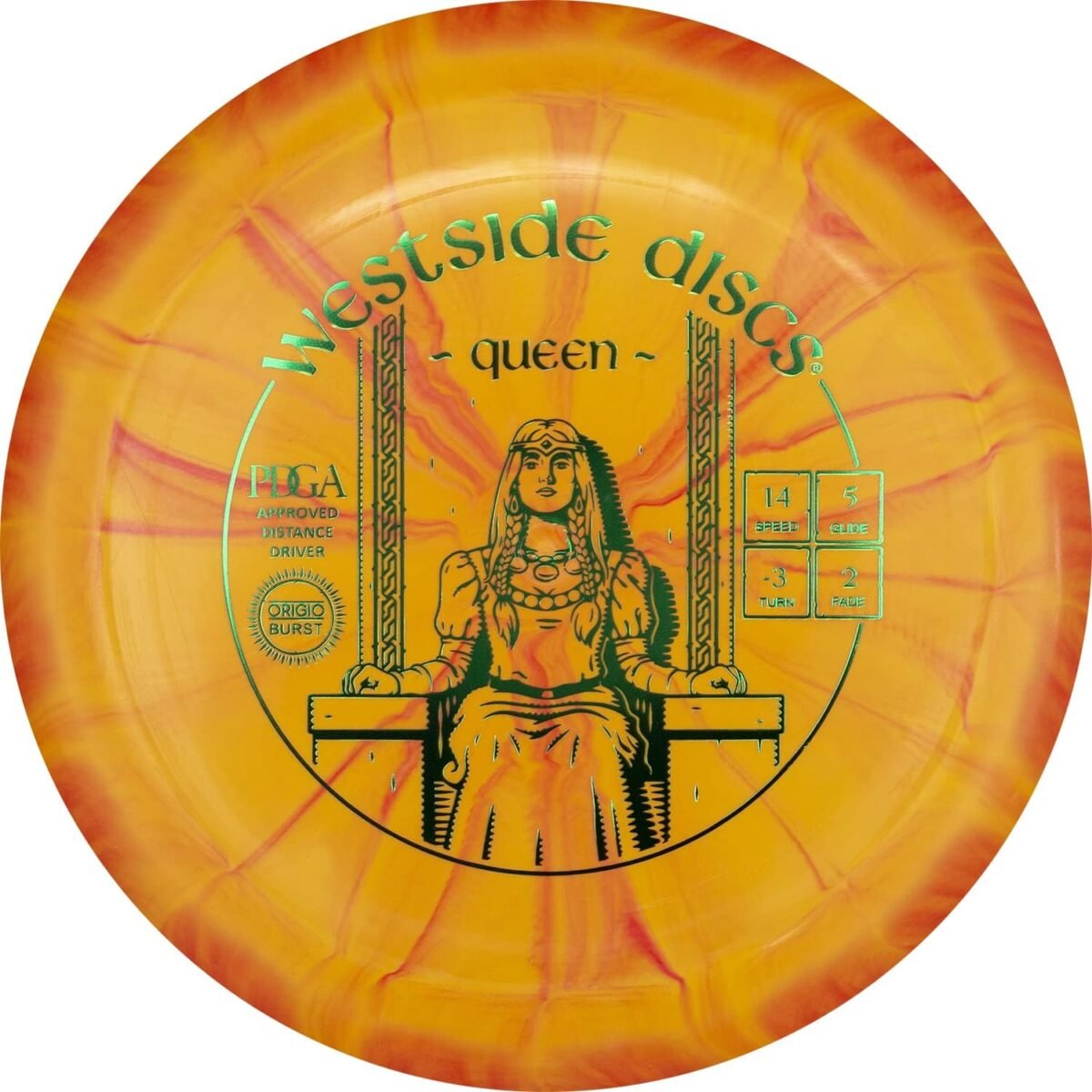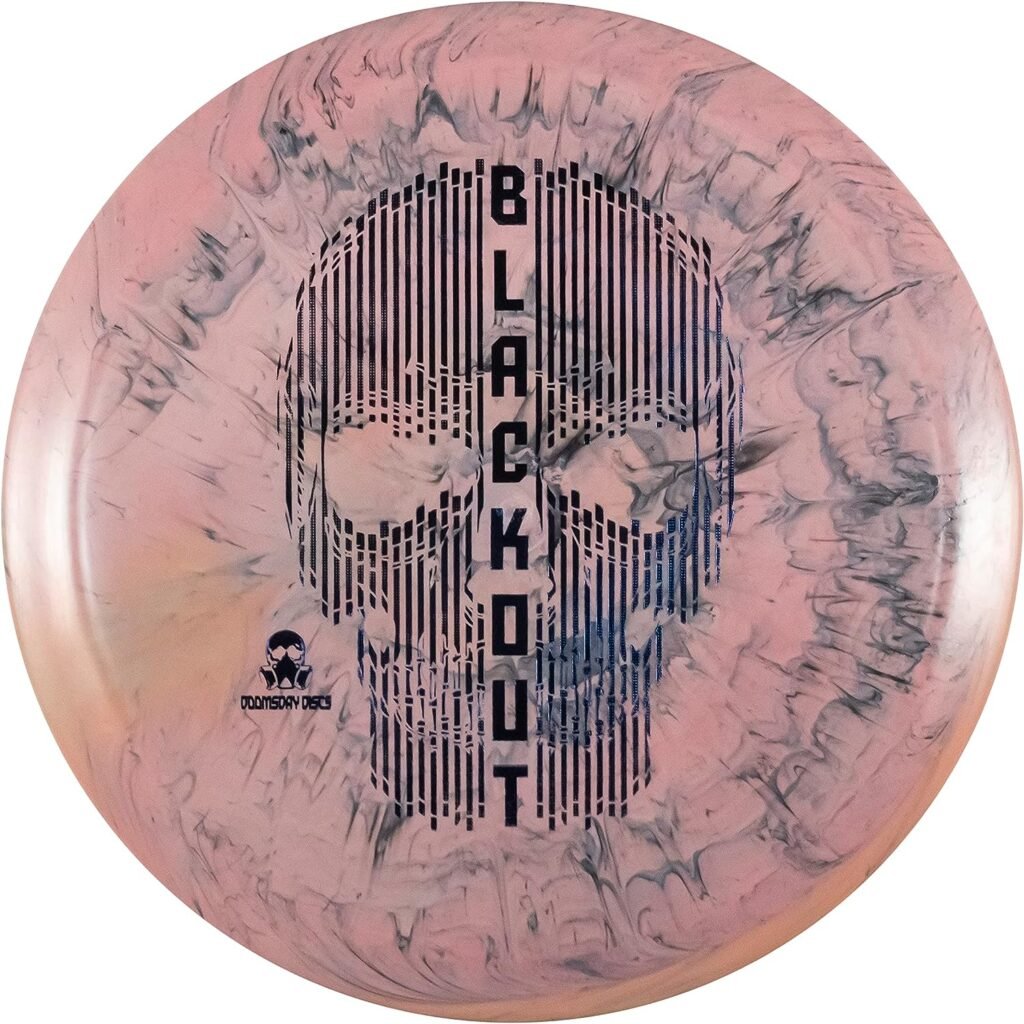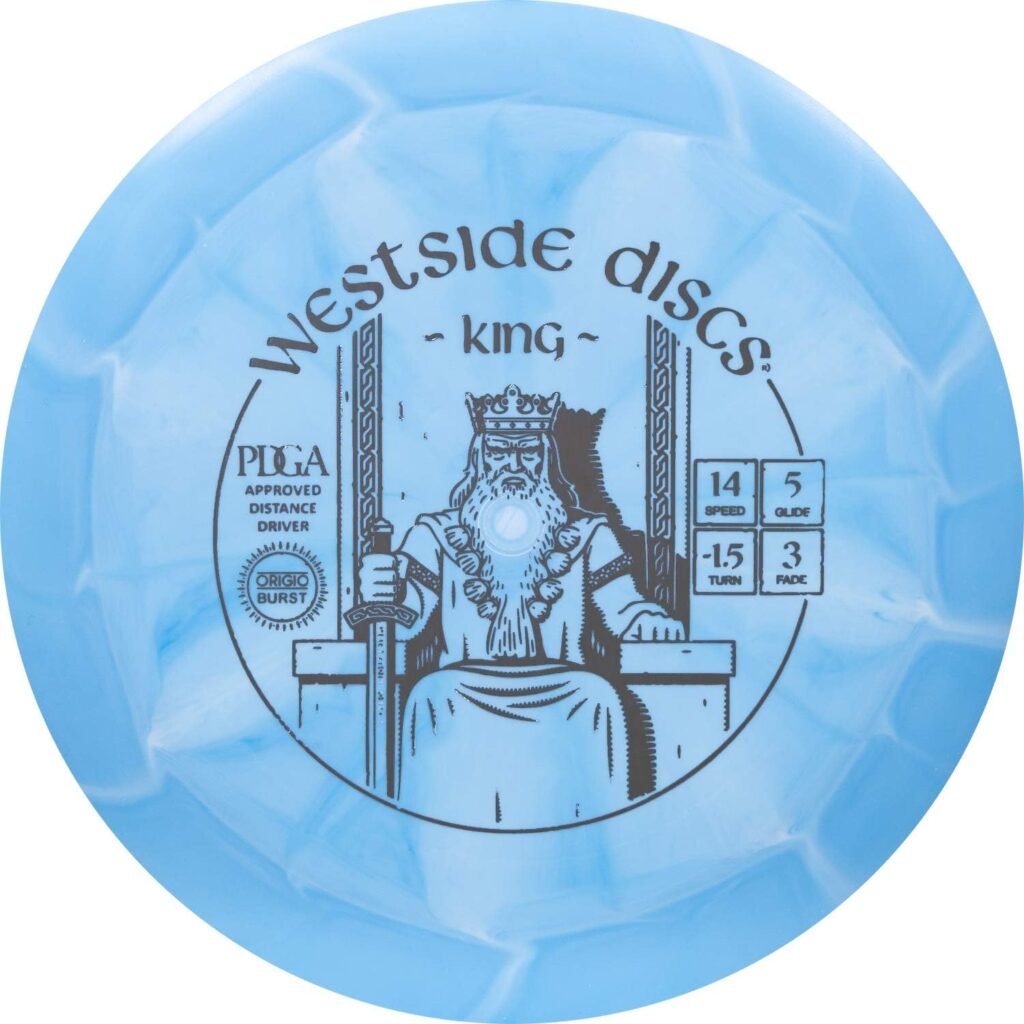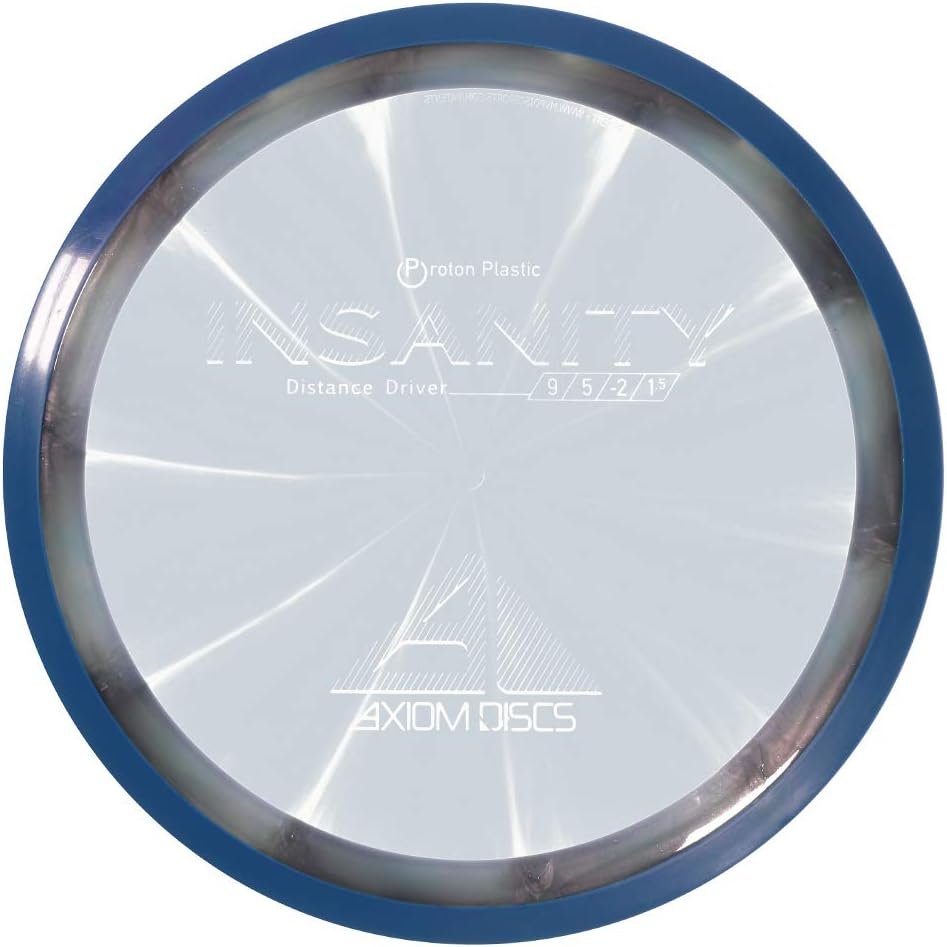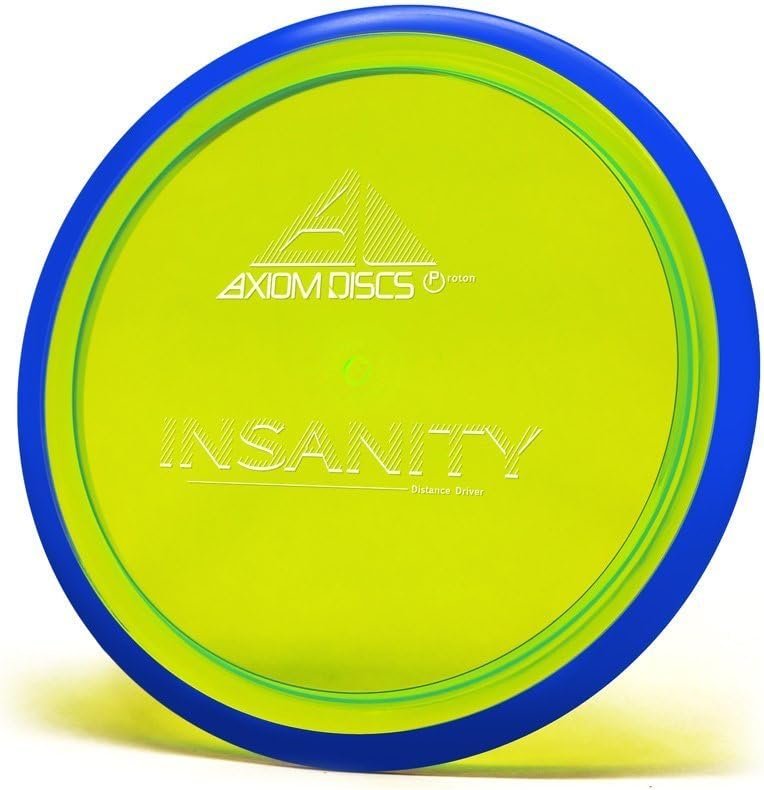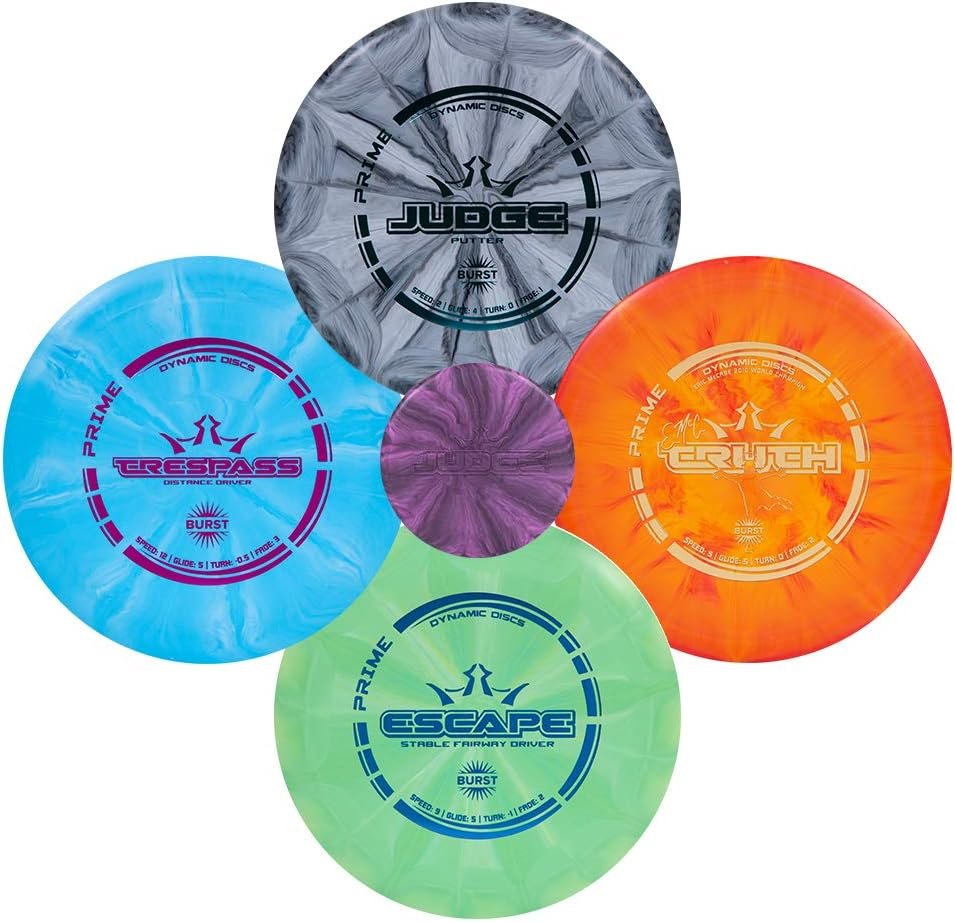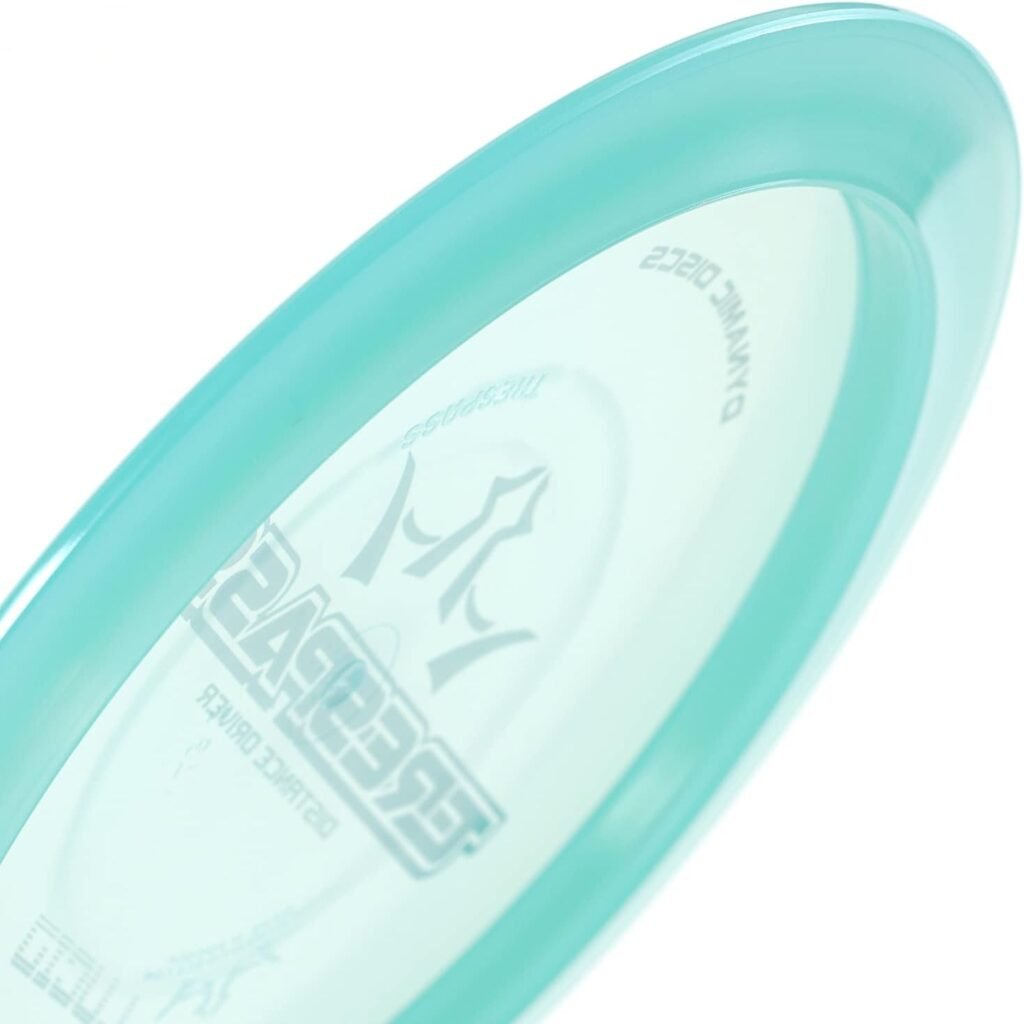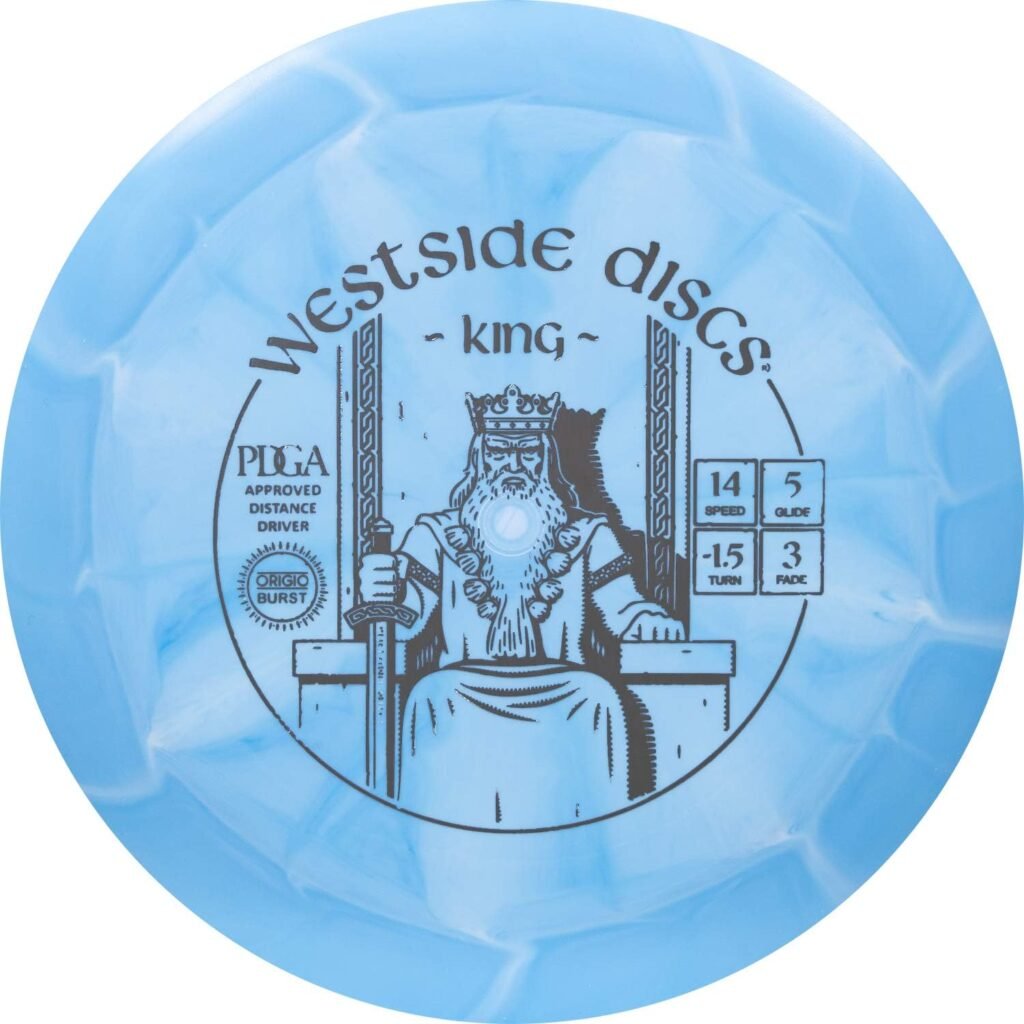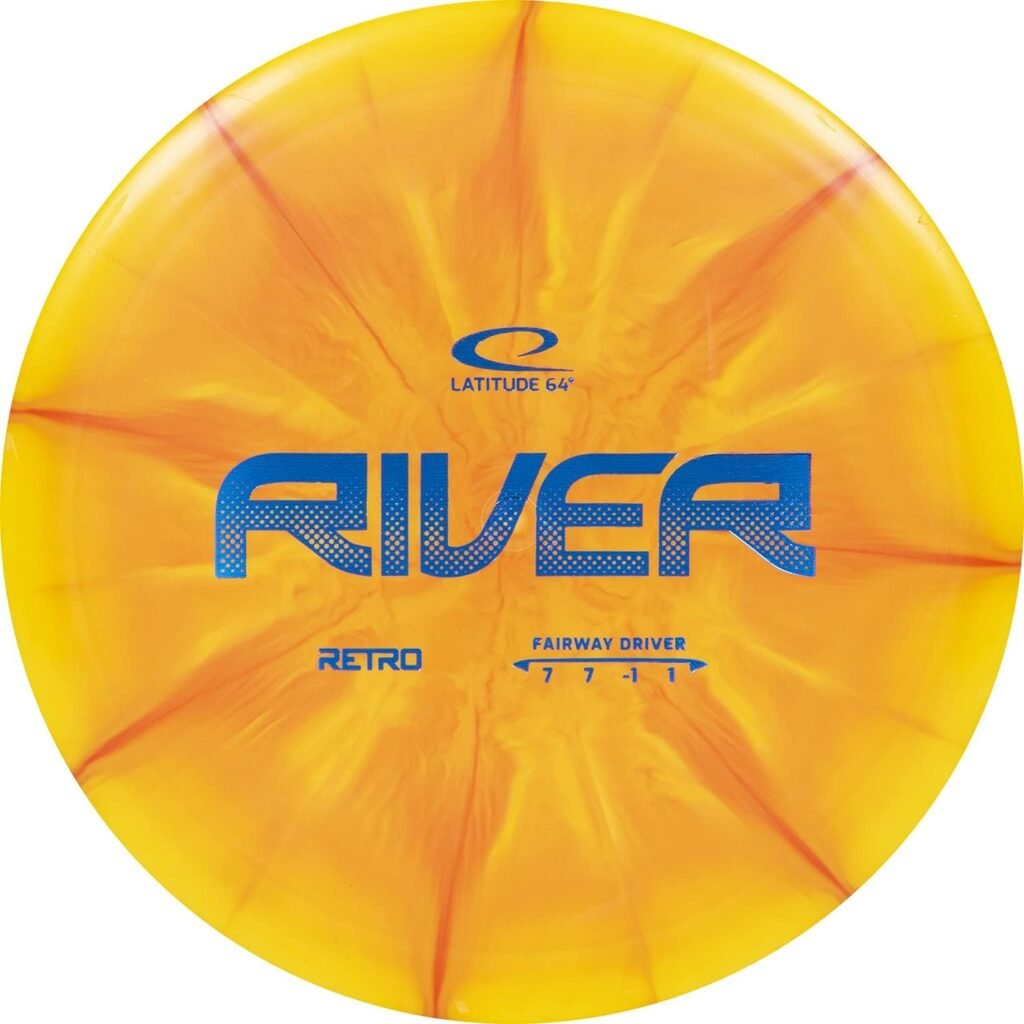Imagine standing on the lush green fairway, club in hand, ready to take your swing. But have you ever wondered about the optimal distance to stand from the golf ball? It’s a question that can make a world of difference in your game. Finding the sweet spot between being too close or too far from the ball can not only improve your accuracy and control but also enhance the power of your shots. In this article, we will explore the importance of finding the right distance and provide some valuable tips to help you perfect your stance on the golf course. So get ready to step up your game and unlock your true potential!

Why the Right Distance Matters
When it comes to golf, the right distance between you and the golf ball is of utmost importance. It not only affects your accuracy but also plays a significant role in promoting consistency and enhancing power in your swing. By understanding and mastering the right distance, you can greatly improve your overall golf game.
Improving Accuracy
One of the key reasons why the right distance matters is its impact on accuracy. When you stand at the correct distance from the ball, it allows you to make cleaner and more accurate contact. This enables you to consistently hit the sweet spot of the clubface, leading to straighter and more controlled shots. By focusing on finding the right distance, you can greatly improve your accuracy and lower your scores.
Promoting Consistency
Consistency is another crucial aspect of a successful golf game, and the right distance from the ball plays a vital role in achieving it. By consistently standing at the proper distance, you establish a reliable setup position, enabling you to repeat your swing motion accurately and consistently. This consistency in your setup and swing mechanics translates into more predictable ball flights and improved shotmaking abilities.
Enhancing Power
Developing a powerful swing is the aspiration of many golfers. The right distance from the ball can significantly contribute to the power you generate. By standing at the optimal distance, you create the right conditions for maximizing the transfer of energy from your body to the clubhead. This allows you to generate more clubhead speed, resulting in longer shots off the tee and increased distance with all your clubs. By understanding and implementing the correct distance, you can enhance your power game and hit the ball farther than ever before.
Factors to Consider
Now that we understand the importance of the right distance, let’s explore the various factors you should consider when determining your ideal position.
Club Length
Different clubs have different lengths, and as a result, the ideal distance from the ball will vary. Longer clubs like the driver will require you to stand farther away, while shorter clubs like wedges may require you to stand closer. Understanding the appropriate distance for each club is essential in achieving optimal swing mechanics and consistent ball-striking.
Body Measurements
Your unique body measurements, such as height and arm length, play a role in determining the right distance from the ball. Taller golfers may need to stand farther away, while shorter golfers may need to stand closer. Similarly, the length of your arms will influence your setup position. Taking into account your body measurements will help you find a comfortable and effective distance.
Swing Style
Every golfer has a unique swing style, whether it be a smooth tempo or a more aggressive swing motion. Your swing style can influence the ideal distance from the ball. A smoother swing might require you to stand slightly closer to the ball, while a more aggressive swing might necessitate standing slightly farther away. Adjusting your distance to accommodate your swing style will lead to improved consistency and better ball-striking.
Shot Type
Different shots, such as drives, irons, wedges, and putts, may require you to adjust your distance from the ball. For longer shots, like drives, standing slightly farther away can help you generate more power. In contrast, for short shots like chips and putts, standing slightly closer may improve your control and precision. Understanding the shot type and corresponding adjustments in distance will enable you to execute a wider range of shots effectively.

Measuring the Proper Distance
Now that you are aware of the factors to consider, let’s explore some methods that can help you measure the proper distance from the ball.
The Arms Hang Test
An effective method to measure the proper distance is the arms hang test. Begin by standing naturally with your arms hanging down. Hold a club in front of you, allowing it to rest against your body without any tension. The bottom of the club grip should align with the middle of your thighs. This alignment indicates the appropriate distance at which you should stand from the ball. Practice this test regularly to ingrain the correct distance into your setup routine.
The Towel Drill
Another useful method to gauge the proper distance is the towel drill. Place a towel under your arms and against your chest, holding it securely. Assume your setup position with a club in hand. The towel should remain in place without dropping during your swing. If the towel falls, you may be too far from the ball. On the other hand, if the towel feels strained, you might be standing too close. Adjusting your distance until the towel remains in place will guide you towards the correct setup.
Body Alignment
Proper body alignment is crucial when measuring the proper distance from the ball. Ensure that your feet, hips, and shoulders are aligned parallel to the target line. This alignment assists in determining the correct distance by establishing a solid foundation that supports a consistent setup position. Keeping your body aligned will contribute to proper swing mechanics and improved ball-striking.
Trial and Error
Measuring the proper distance often requires a degree of trial and error. Golfers have different body types, swing styles, and comfort levels. Experiment with different distances during practice sessions and rounds to find the distance that feels most natural and effective for you. Pay attention to the feedback your shots provide and make adjustments until you discover the distance that delivers the best results.
Common Mistakes to Avoid
Understanding the right distance is essential, but it’s equally important to be aware of common mistakes that can hinder your progress.
Standing Too Close
One common mistake is standing too close to the ball. This can create a cramped and restricted swing, leading to poor ball contact and reduced power. Being aware of your distance and ensuring you are not crowding the ball will promote a fluid and unrestricted swing motion.
Standing Too Far
Conversely, standing too far from the ball can also hinder your performance. This can cause you to reach too much, leading to inconsistent ball-striking and increased risk of mishits. It’s crucial to find the proper balance and avoid standing too far, as it can negatively impact your overall swing mechanics.
Inconsistent Stance
Maintaining a consistent stance is important when it comes to establishing the right distance. Any inconsistency in your setup position can lead to variations in ball-striking and accuracy. Avoid shifting your stance from shot to shot and strive to establish a repeatable setup that becomes second nature.
Impacts on Swing Mechanics
The distance between you and the ball can have significant impacts on your swing mechanics. Understanding these impacts will help you refine your technique and optimize your performance.
Effect on Swing Path
The distance from the ball influences your swing path, which is the direction the clubhead travels during your swing. Standing too close can encourage an inside-out swing path, resulting in shots that curve to the right for right-handed golfers (or to the left for left-handed golfers). Conversely, standing too far can promote an outside-in swing path, leading to slices or pulls. Finding the right distance allows you to establish an appropriate swing path and achieve consistent ball flights.
Effect on Club Face Angle
The distance from the ball also affects the club face angle at impact. Standing too close can cause the club face to be more closed, resulting in shots that tend to hook. Standing too far can have the opposite effect, causing the club face to be more open, leading to shots that fade or slice. Balancing the distance will help you achieve a neutral club face angle, leading to straighter and more accurate shots.
Effect on Swing Plane
Swing plane refers to the angle at which the club travels during the swing. The distance from the ball influences the swing plane. Standing too close can encourage a more upright swing plane, while standing too far can lead to a flatter swing plane. Adjusting your distance to achieve the proper swing plane for your swing style will optimize your swing mechanics and shot quality.
Effect on Weight Distribution
The distance from the ball also affects your weight distribution during the swing. Standing too close can result in excessive weight on your toes, destabilizing your balance. Conversely, standing too far can lead to weight leaning back on your heels, compromising your stability. Finding the right distance allows for a balanced weight distribution, facilitating a more stable and powerful swing.
Distance Variations by Club
Different clubs require different distances for optimal performance. Let’s examine the ideal distance considerations for the various clubs in your bag.
Driver
For the driver, the longest club in your bag, you will typically stand slightly farther away from the ball. This allows for a larger swing arc and promotes the generation of maximum clubhead speed. Experiment with finding the distance that enables you to make a controlled and powerful swing, leading to maximum distance off the tee.
Irons
When it comes to irons, the ideal distance may differ depending on the club you are using. Generally, you will stand slightly closer to the ball compared to the driver. The shorter shaft length of irons necessitates a more compact and controlled swing, which is facilitated by standing closer. Adjusting your distance according to the specific iron you are using will optimize your ball-striking and accuracy.
Wedges
Wedges, including pitching, gap, sand, and lob wedges, typically require you to stand even closer to the ball than your irons. The shorter shaft lengths and higher loft angles of wedges demand a more precise and controlled swing. Standing closer helps ensure a crisp and clean strike, resulting in accurate and consistent short game shots.
Putter
The putter, used on the greens, requires a unique distance consideration. When using the putter, you will generally stand closer to the ball to promote a more upright and pendulum-like stroke. Finding the right distance and establishing a comfortable setup position will allow for better control and precision when it comes to putting.
Different Player Techniques
Understanding the right distance is also influenced by different player techniques or swing methods. Let’s explore a few popular techniques that golfers employ and how they may impact the distance between them and the ball.
Stack and Tilt
The Stack and Tilt technique emphasizes a more centered and stable swing motion. Golfers employing this technique may find it beneficial to stand slightly closer to the ball, enhancing the feeling of maintaining a stable base throughout the swing. Adjusting the distance to accommodate the Stack and Tilt method can lead to improved consistency and ball-striking.
One-Plane Swing
The One-Plane swing, popularized by golf instructor Jim Hardy, involves a more upright swing plane with less torso rotation. Golfers utilizing this technique might stand closer to the ball, promoting a more compact swing and emphasizing the intended swing path. By adjusting the distance to accommodate the One-Plane swing, golfers can optimize their setup position and swing mechanics.
Two-Plane Swing
The Two-Plane swing, associated with golfer and instructor Jim Hardy, involves a more rounded and flatter swing plane, often requiring a wider arc. Golfers adopting this technique may stand slightly farther away from the ball, allowing for the required swing path and generating more power. Adjusting the distance to suit the Two-Plane swing will allow for a more effective execution of the technique.
Adjusting for Sloped Lies
In golf, it’s important to be prepared for different lies on the course. Sloped lies present unique challenges, and adjusting your distance from the ball can help you navigate these situations effectively. Let’s explore how to adjust for uphill, downhill, and sidehill lies.
Uphill Lies
When faced with an uphill lie, it’s advisable to stand slightly farther from the ball. The incline of the lie can cause you to make contact with the ball higher on the face, resulting in an elevated trajectory. Adjusting your distance compensates for this elevation, allowing for a more solid and controlled strike.
Downhill Lies
For a downhill lie, the opposite adjustment is necessary. Standing slightly closer to the ball helps compensate for the ball being lower on the slope. This adjustment allows for cleaner contact and a more controlled shot, without sacrificing power or accuracy.
Sidehill Lies
Sidehill lies, where the ball is above or below your feet on uneven terrain, require adjustments to both distance and body alignment. When the ball is below your feet, standing slightly closer can help maintain balance and swing stability, preventing mishits. On the other hand, when the ball is above your feet, standing slightly farther away can assist in maintaining proper posture and swing plane. Being mindful of these adjustments will help you confidently approach sidehill lies and produce quality shots.
Influence of Physical Fitness
Physical fitness plays a significant role in the optimal distance from the ball. Here are a few fitness-related factors to consider when determining your distance.
Flexibility
A golfer’s flexibility is crucial when it comes to achieving the correct distance. If you lack flexibility, it may be challenging to maintain a proper posture and swing mechanics. Improving your flexibility through stretching exercises or dedicated fitness programs will allow for a more natural and effective setup.
Strength
Strength is another fitness element that impacts the distance you should stand from the ball. Having adequate strength helps generate power in your swing, making it easier to reach the optimal distance with each club. Incorporating strength-building exercises, particularly focused on the muscles involved in the golf swing, can greatly enhance your overall distance and performance.
Balance
Balance is essential for stability during your swing. Without balance, it becomes difficult to maintain the right distance consistently. Engaging in balance exercises, such as yoga or Pilates, can improve your stability and enable you to establish a solid setup position.
Posture
Posture is a key component of golf, and it significantly influences your distance from the ball. Maintaining good posture allows for optimal body alignment, ensuring your swing mechanics are efficient and consistent. Strengthening your core muscles and practicing proper posture both on and off the course will enhance your ability to establish the correct distance.
Customizing Distance for Personal Comfort
While there are guidelines and recommendations for the ideal distance from the ball, it’s important to remember that personal comfort is also a significant factor. Every golfer is unique, and what may work for one person may not work for another. Here are a few ways to customize the distance according to your comfort level.
Experimenting with Distances
Don’t be afraid to experiment with different distances during practice sessions and rounds. Adjust your setup position slightly closer or farther from the ball to see how it affects your ball-striking and overall performance. Pay attention to the feedback provided by your shots and analyze the results to find the distance that feels most comfortable and effective for you.
Seeking Professional Guidance
If you find it challenging to determine the proper distance on your own, seeking professional guidance from a golf instructor is highly advisable. A trained instructor can evaluate your swing, body measurements, and unique characteristics to provide personalized recommendations on the ideal distance. Utilizing their expertise can help you refine your setup position and ultimately improve your game.
As you continue to improve your golf skills, remember that finding the right distance from the ball is an ongoing process. It requires patience, practice, and a willingness to adapt. By understanding the factors that influence the distance and implementing the various measurement techniques discussed, you can enhance your accuracy, consistency, and power. Enjoy the journey of discovering your optimal distance, and watch as your golf game reaches new heights.
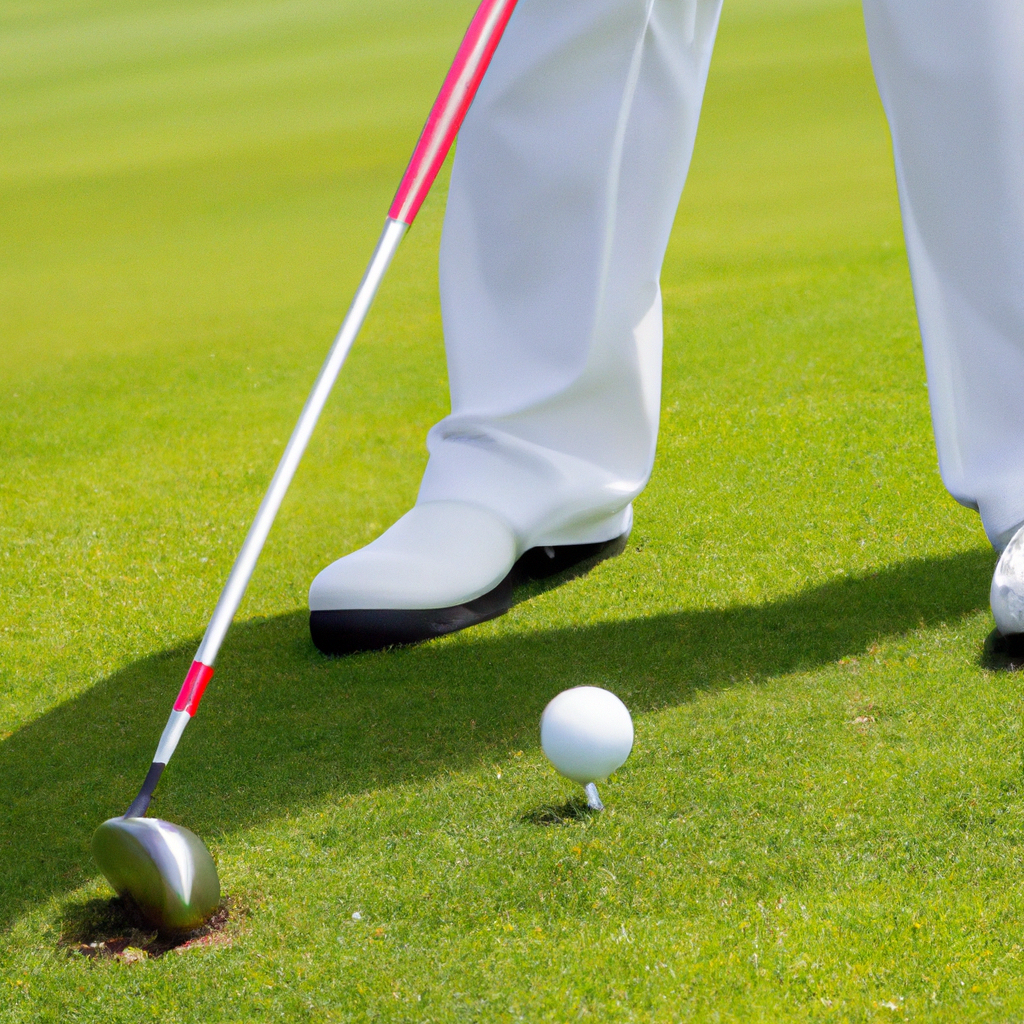
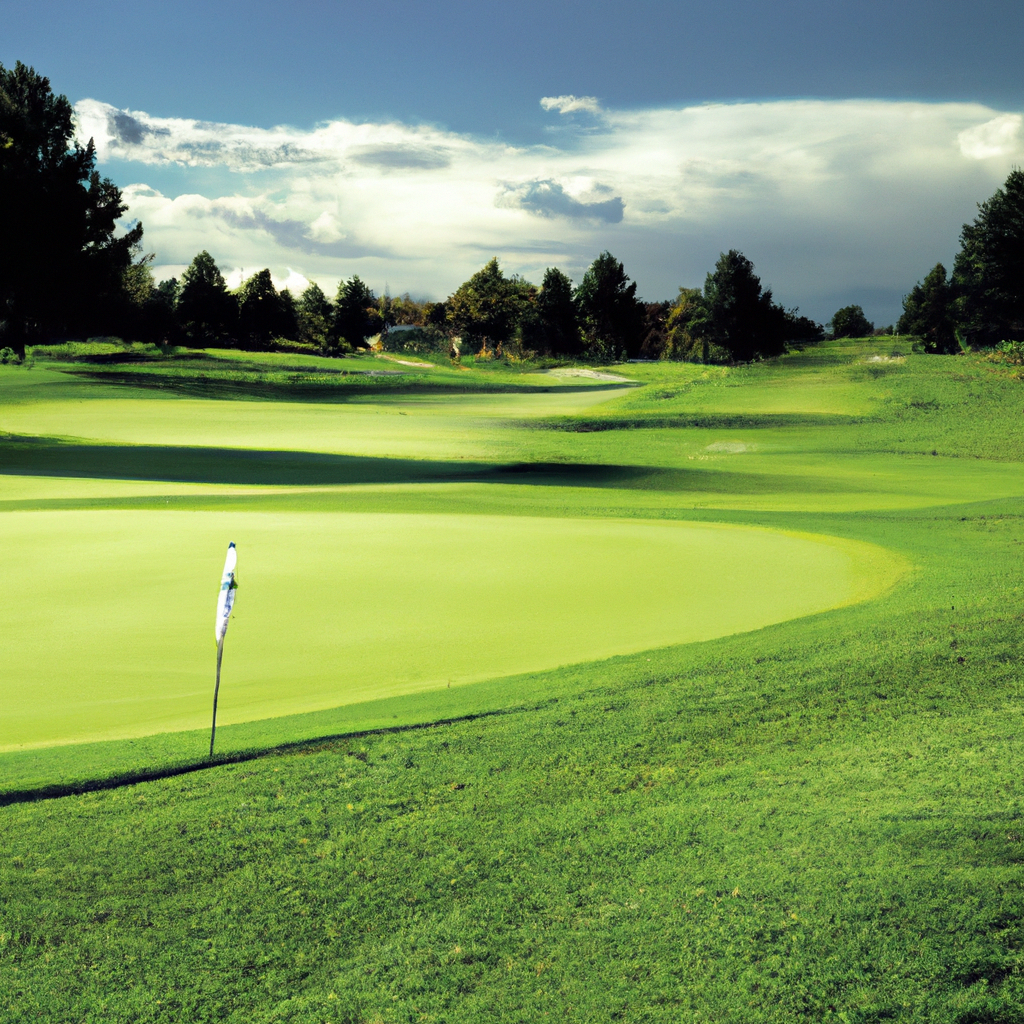

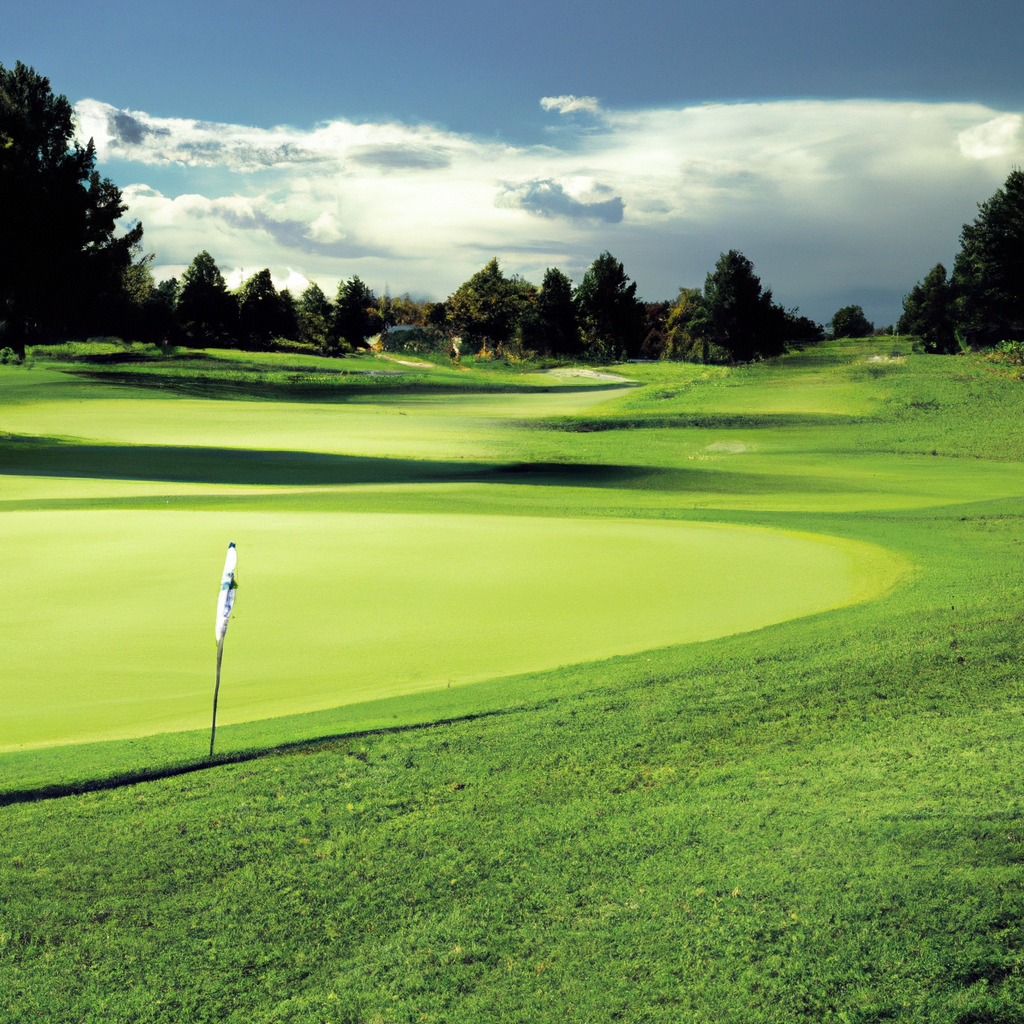
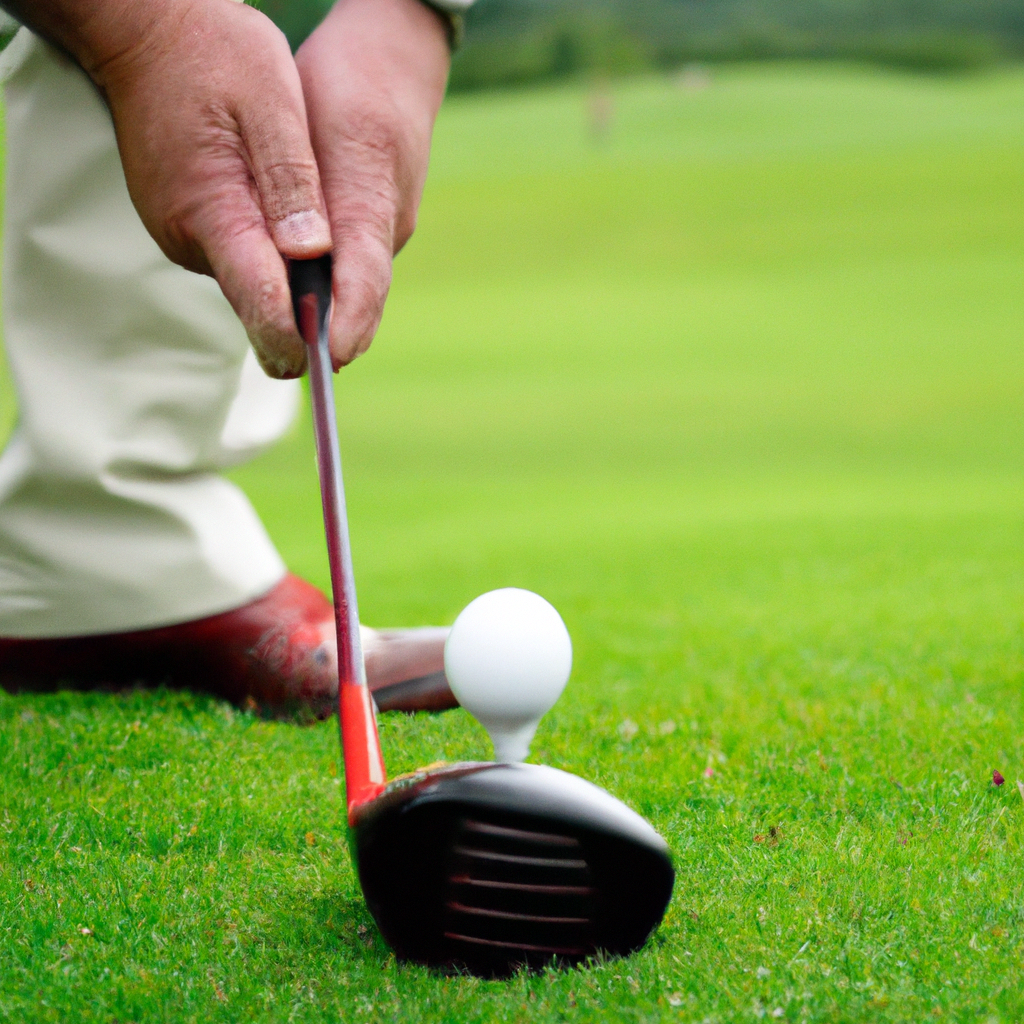
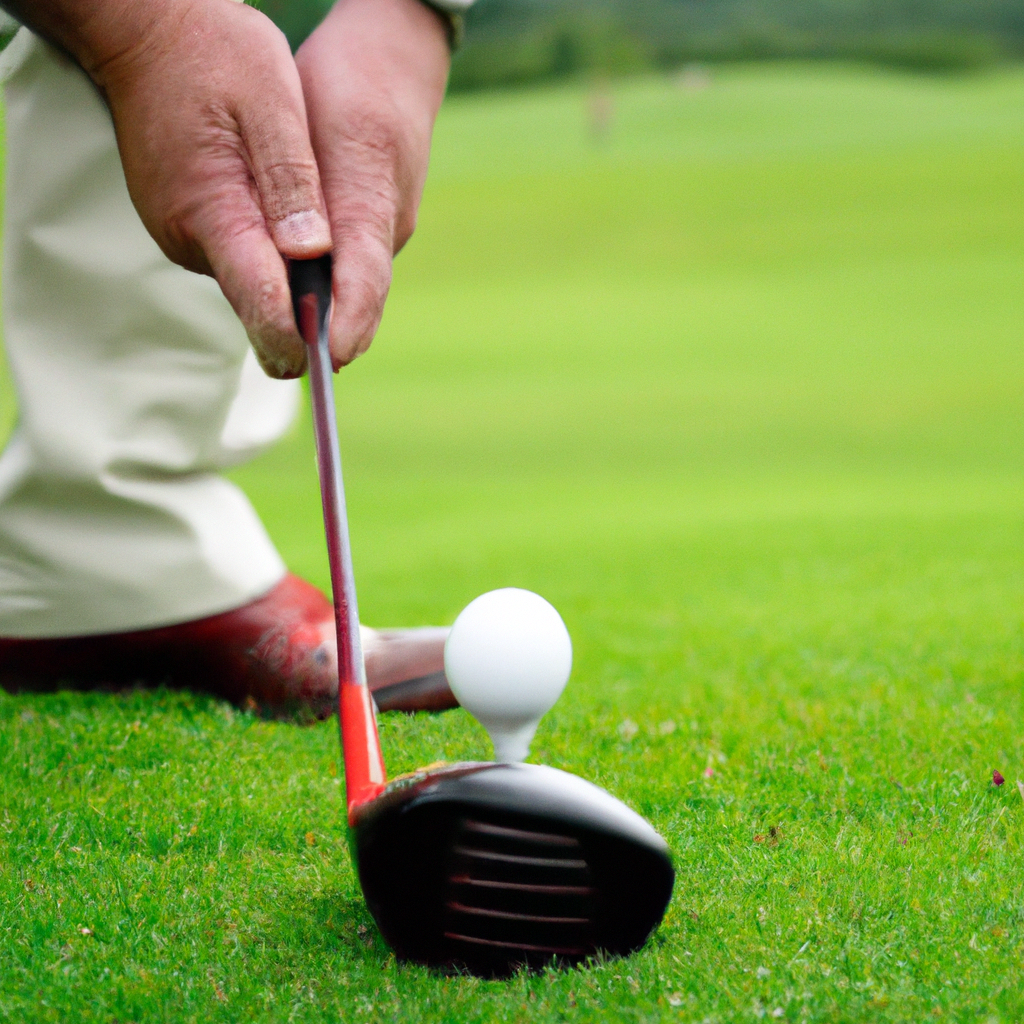

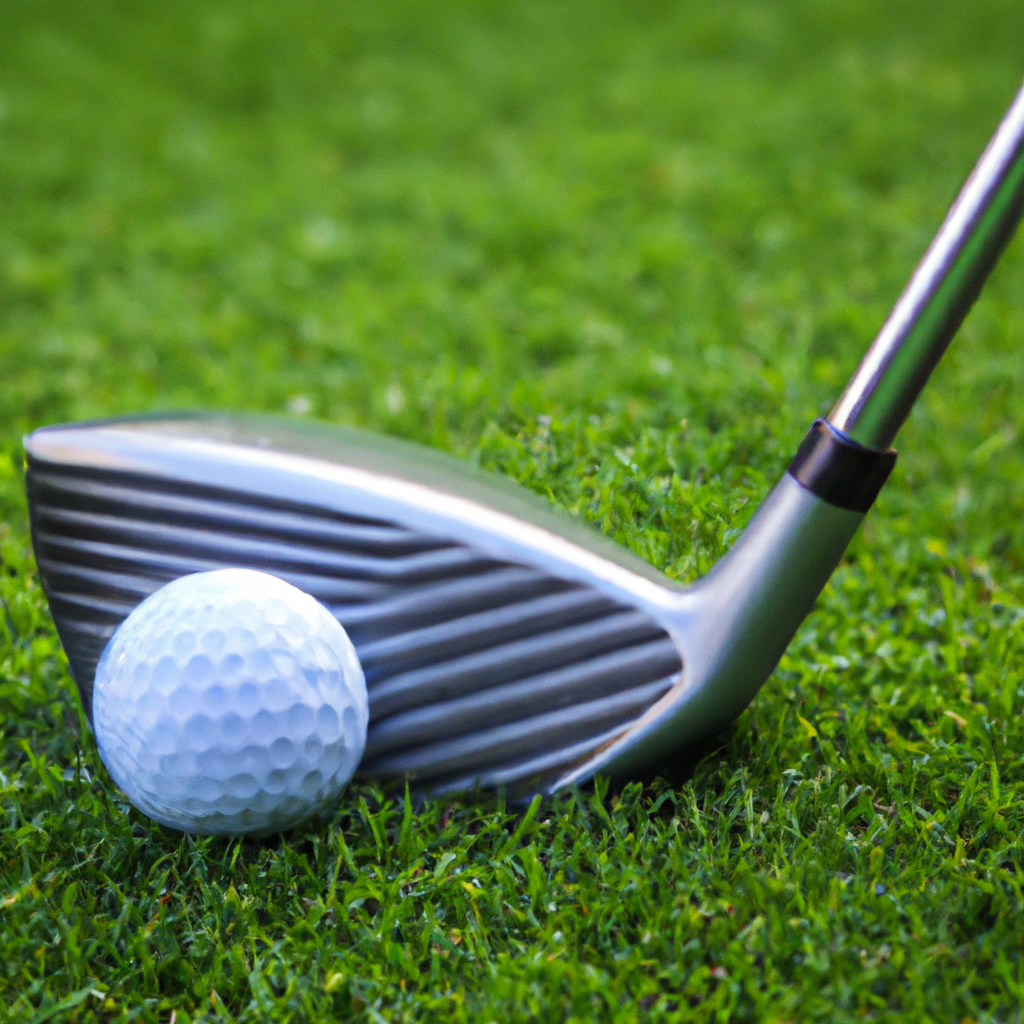

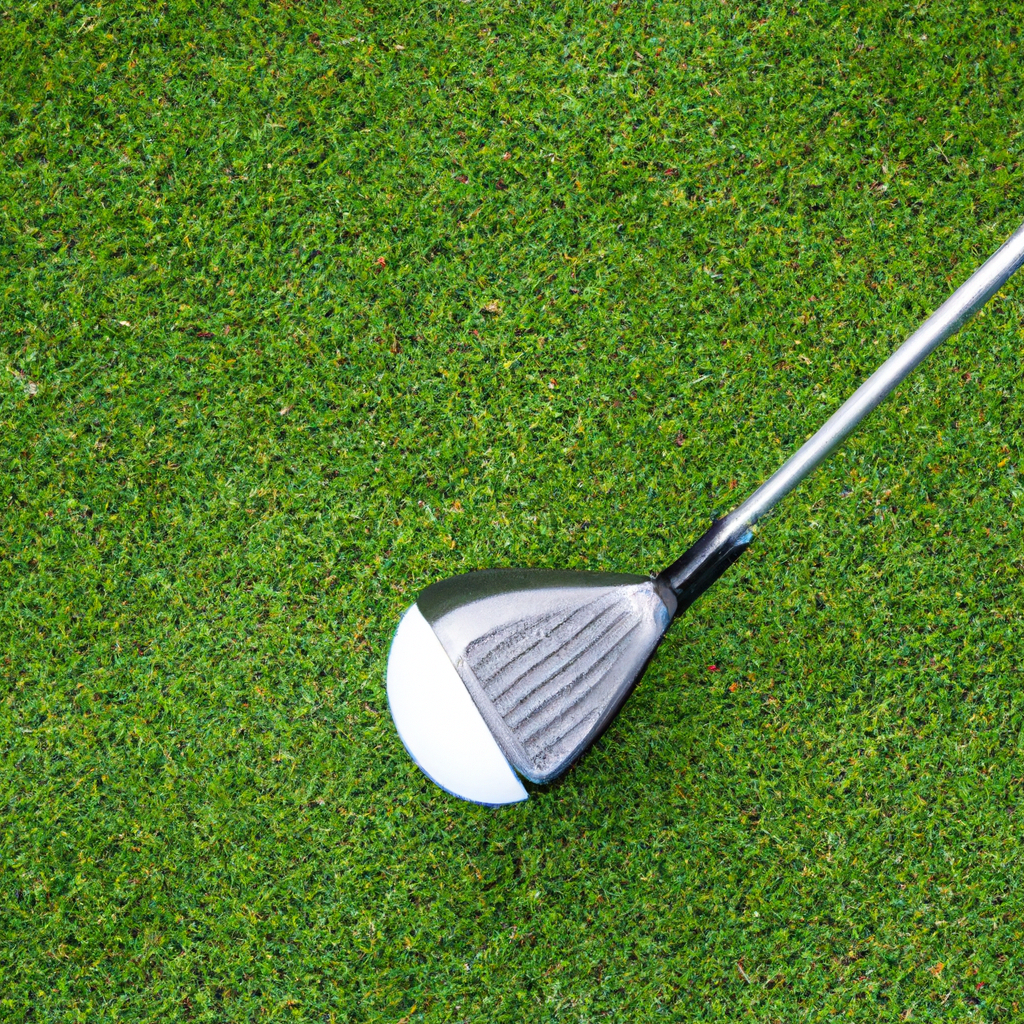
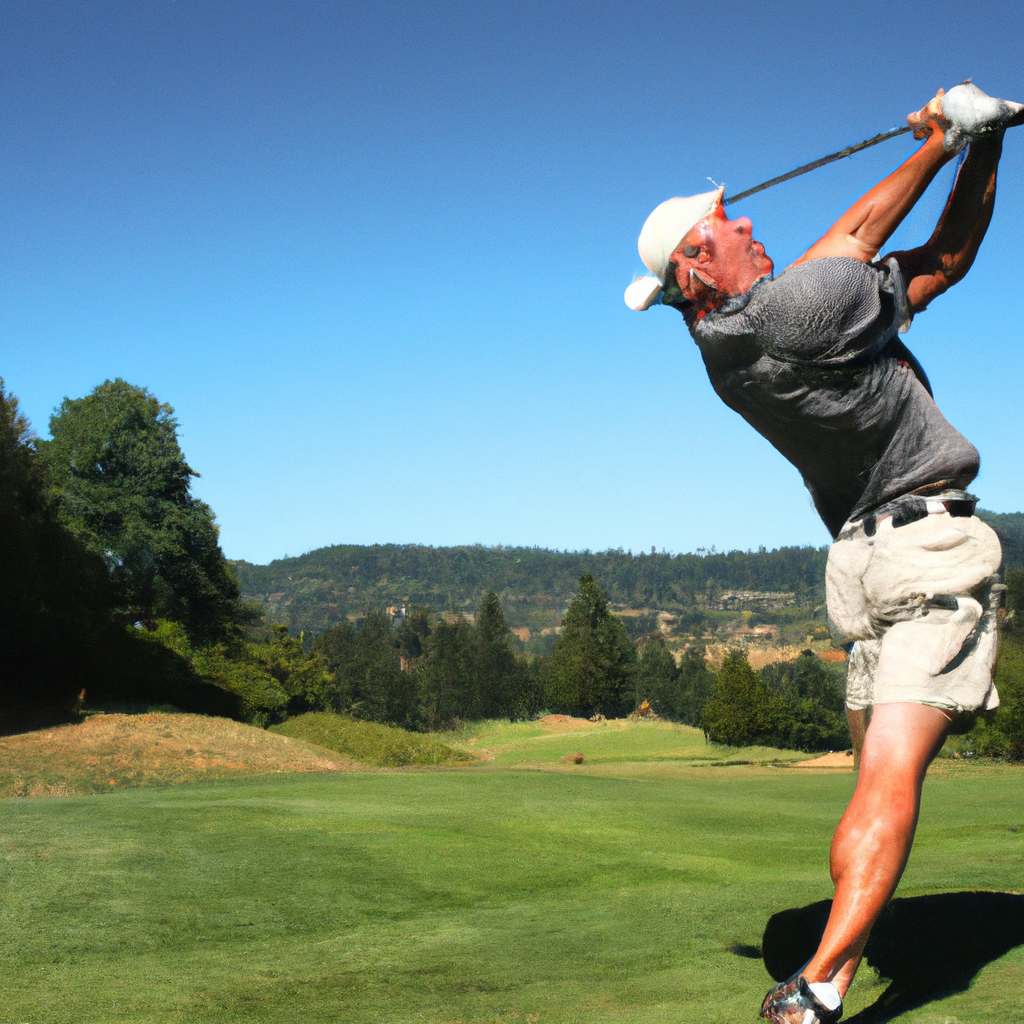

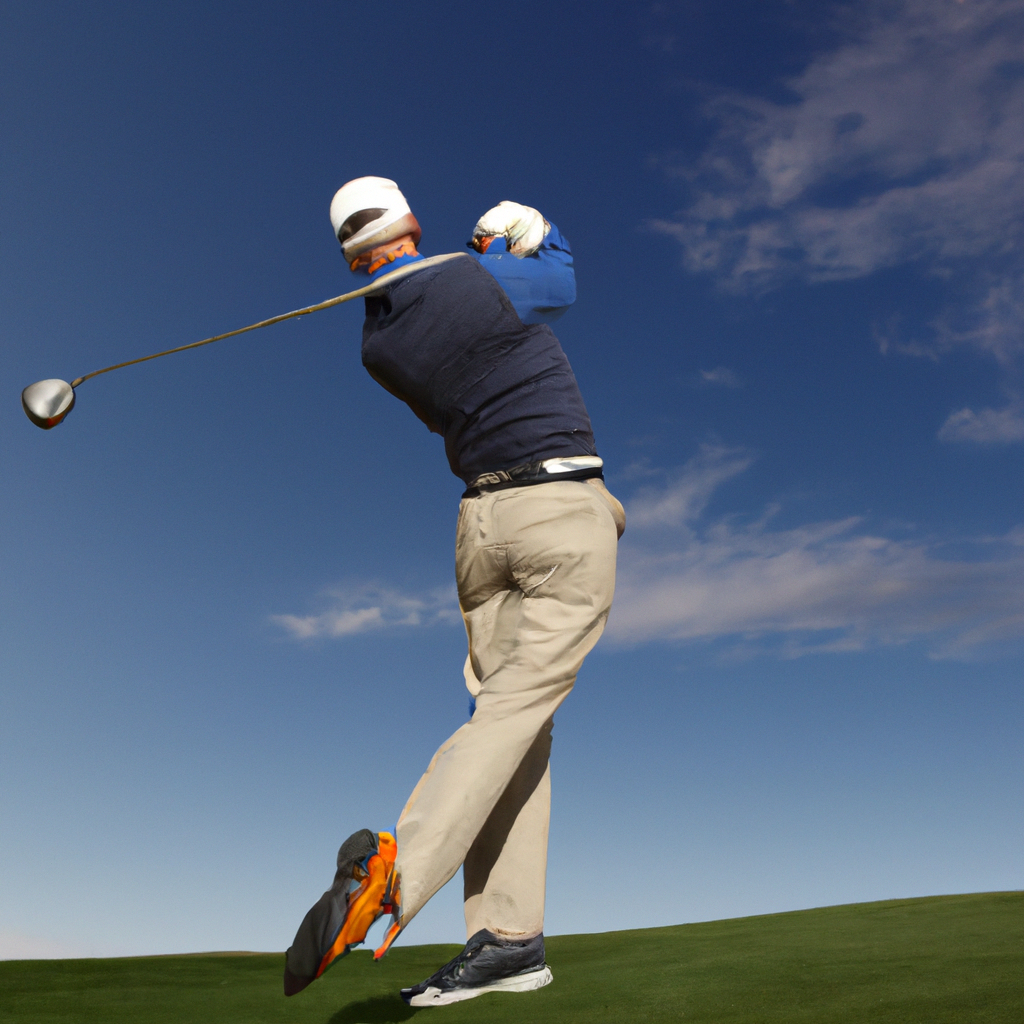


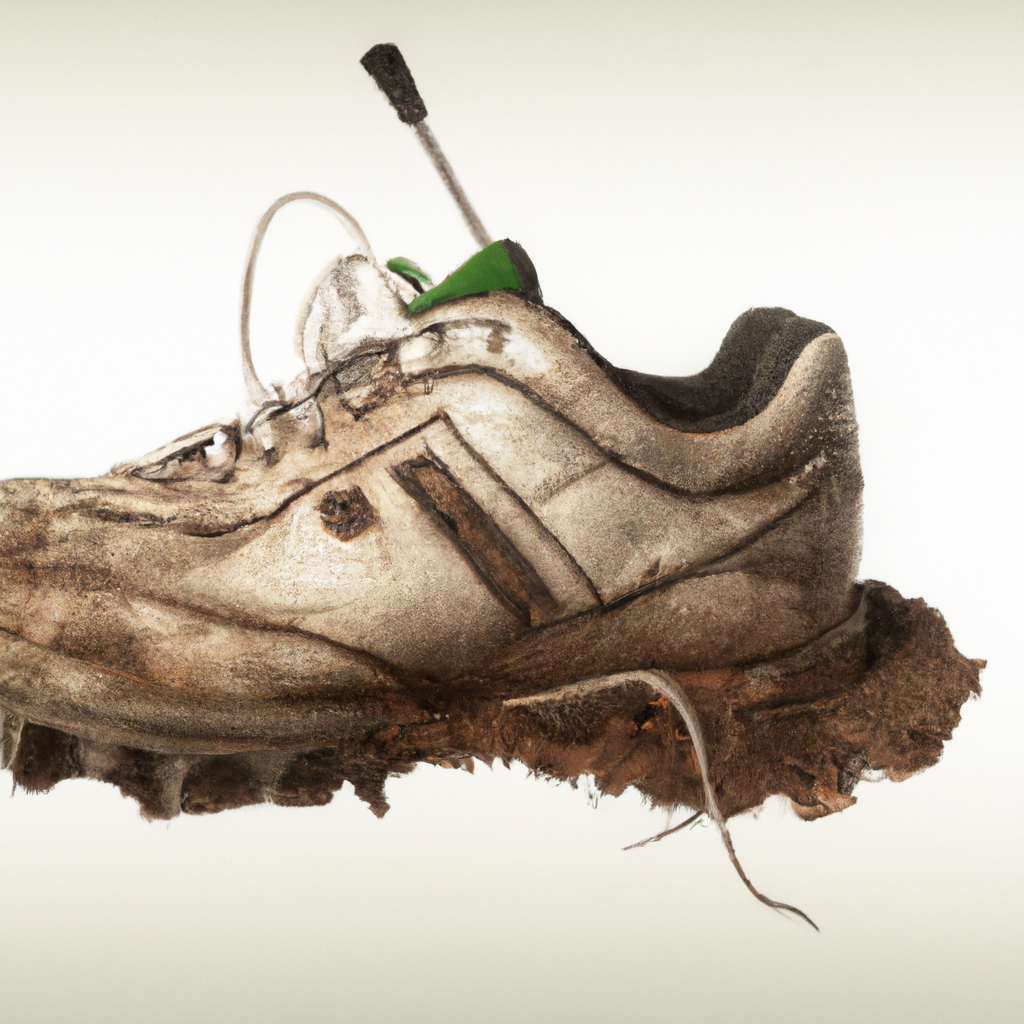
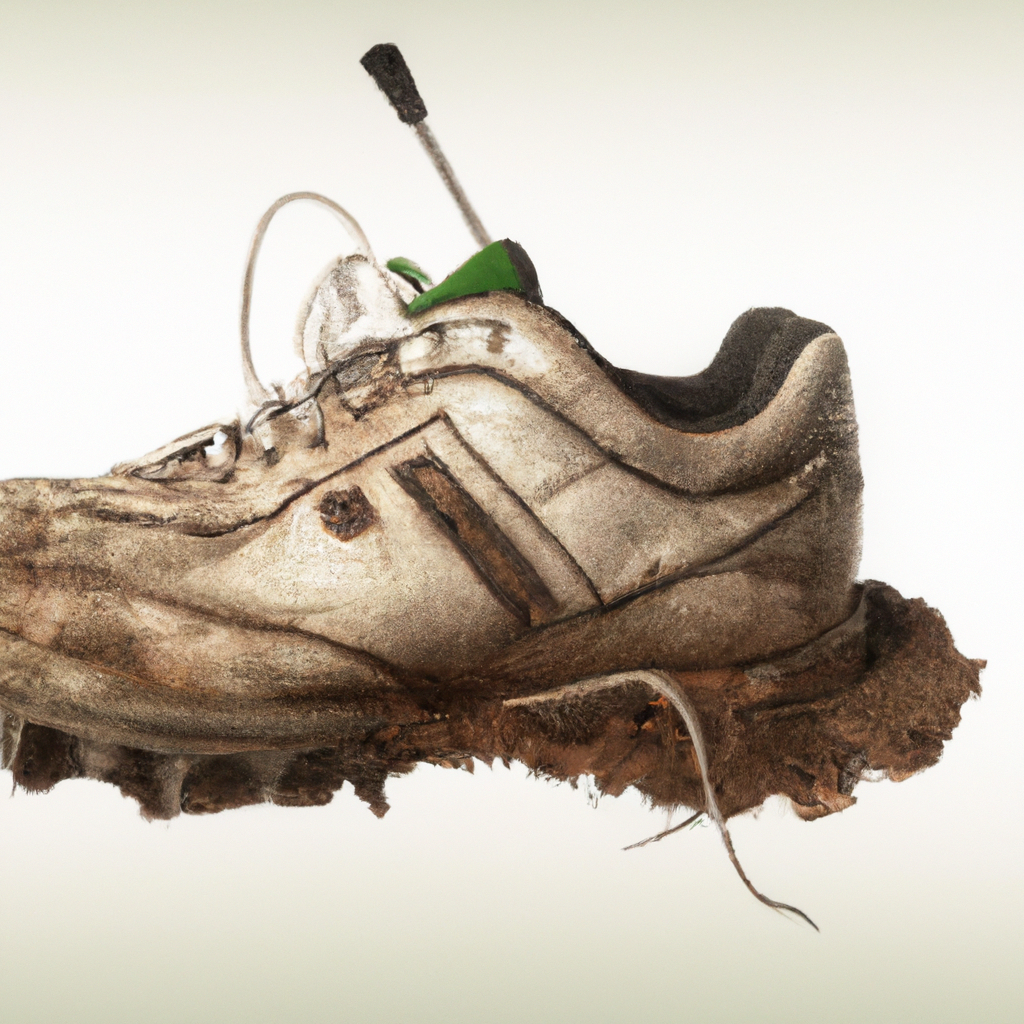

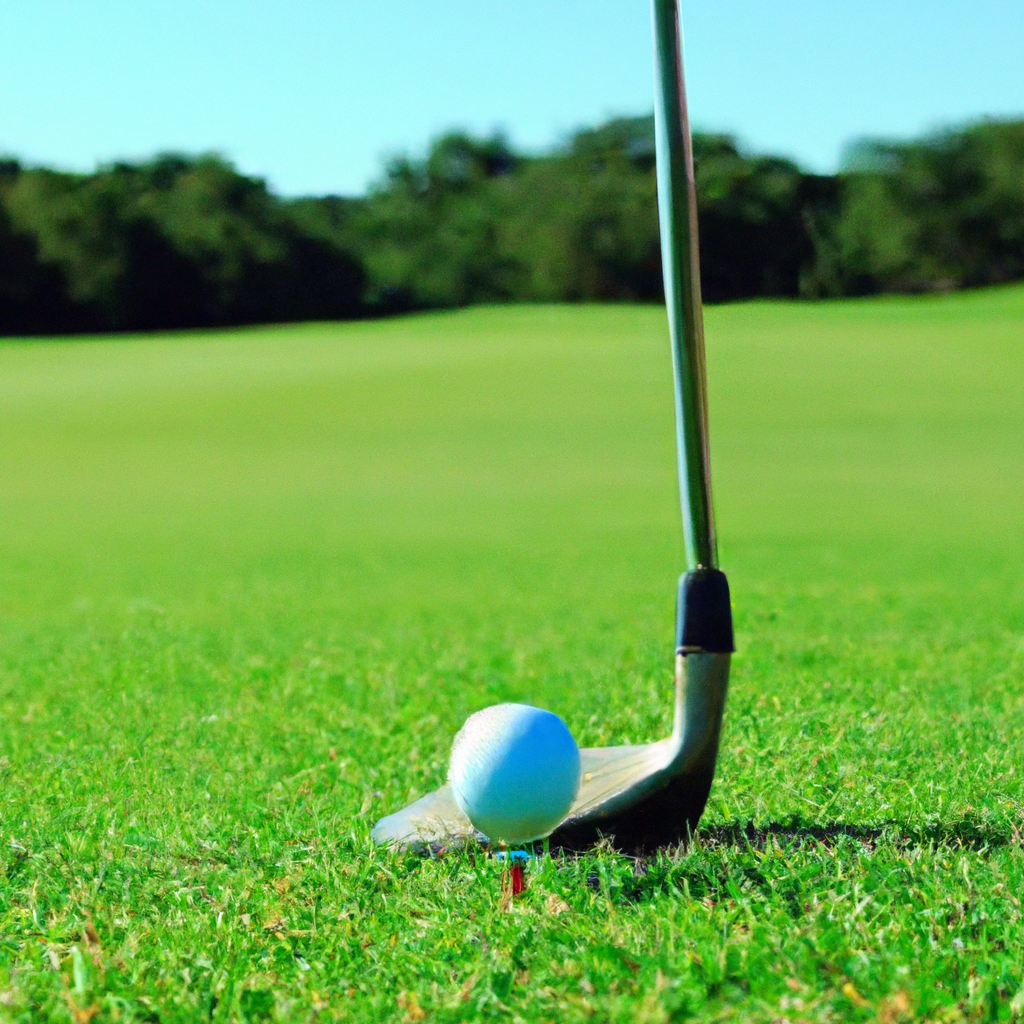
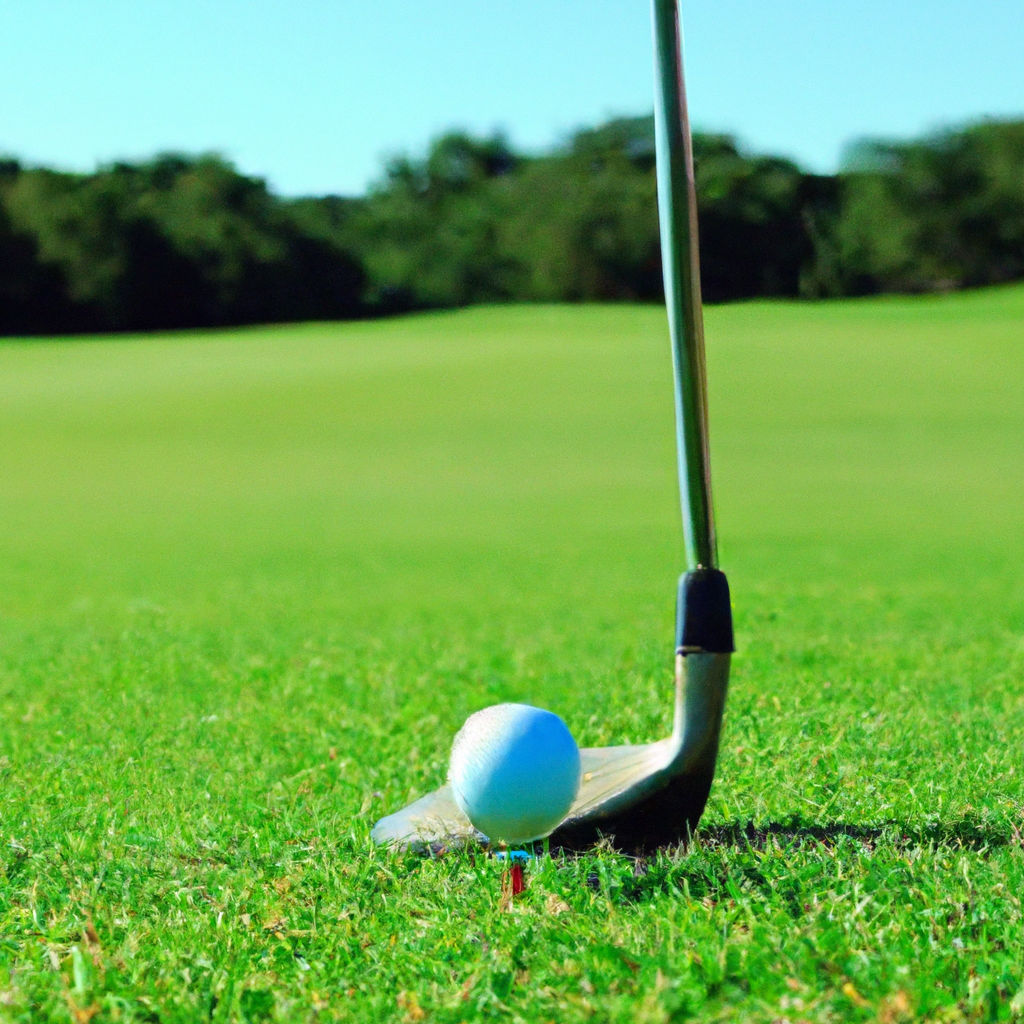
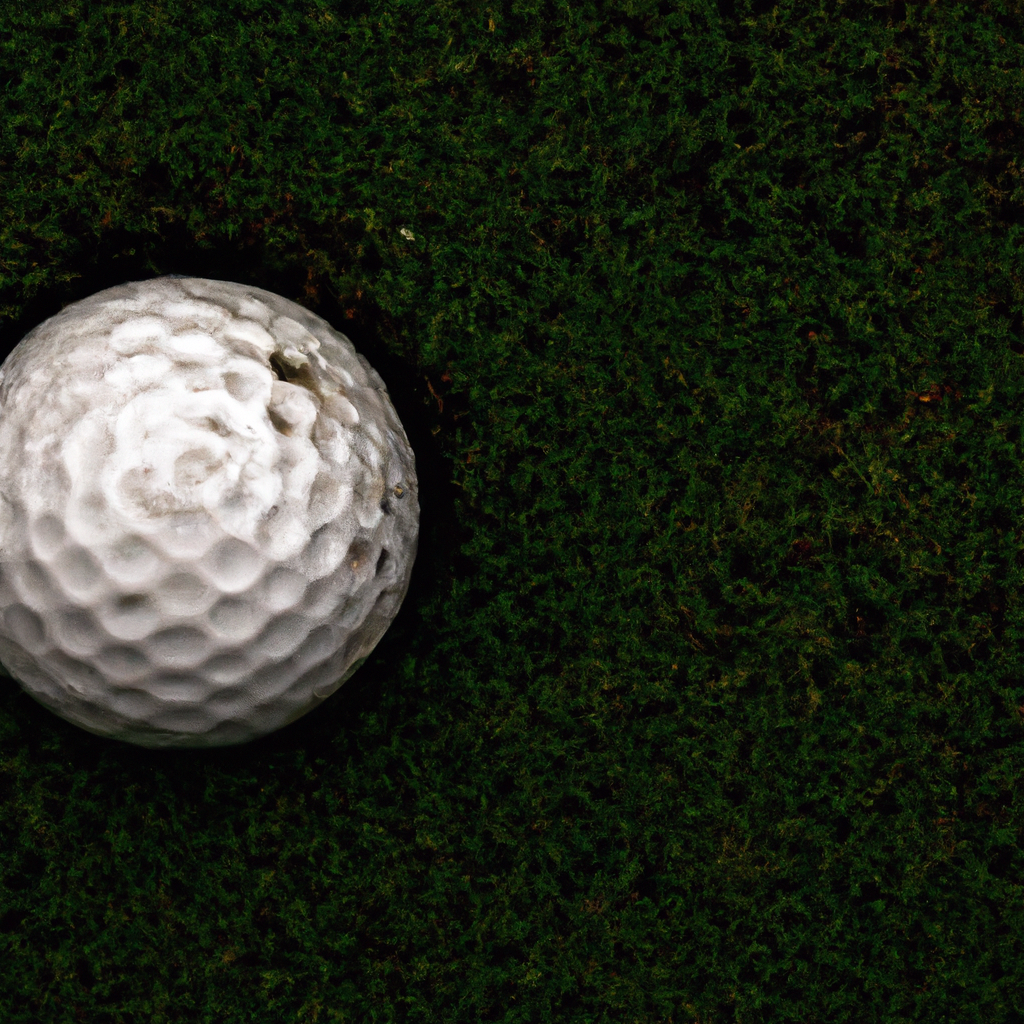
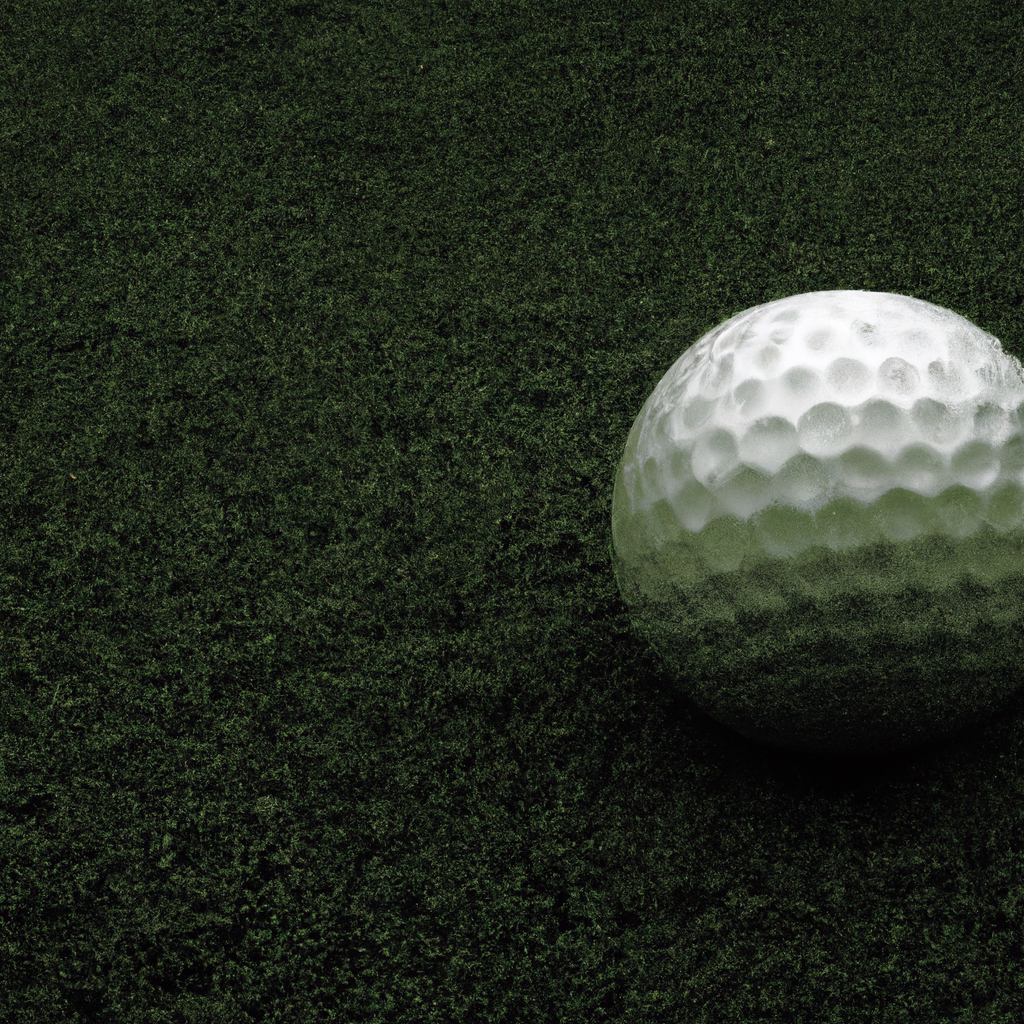


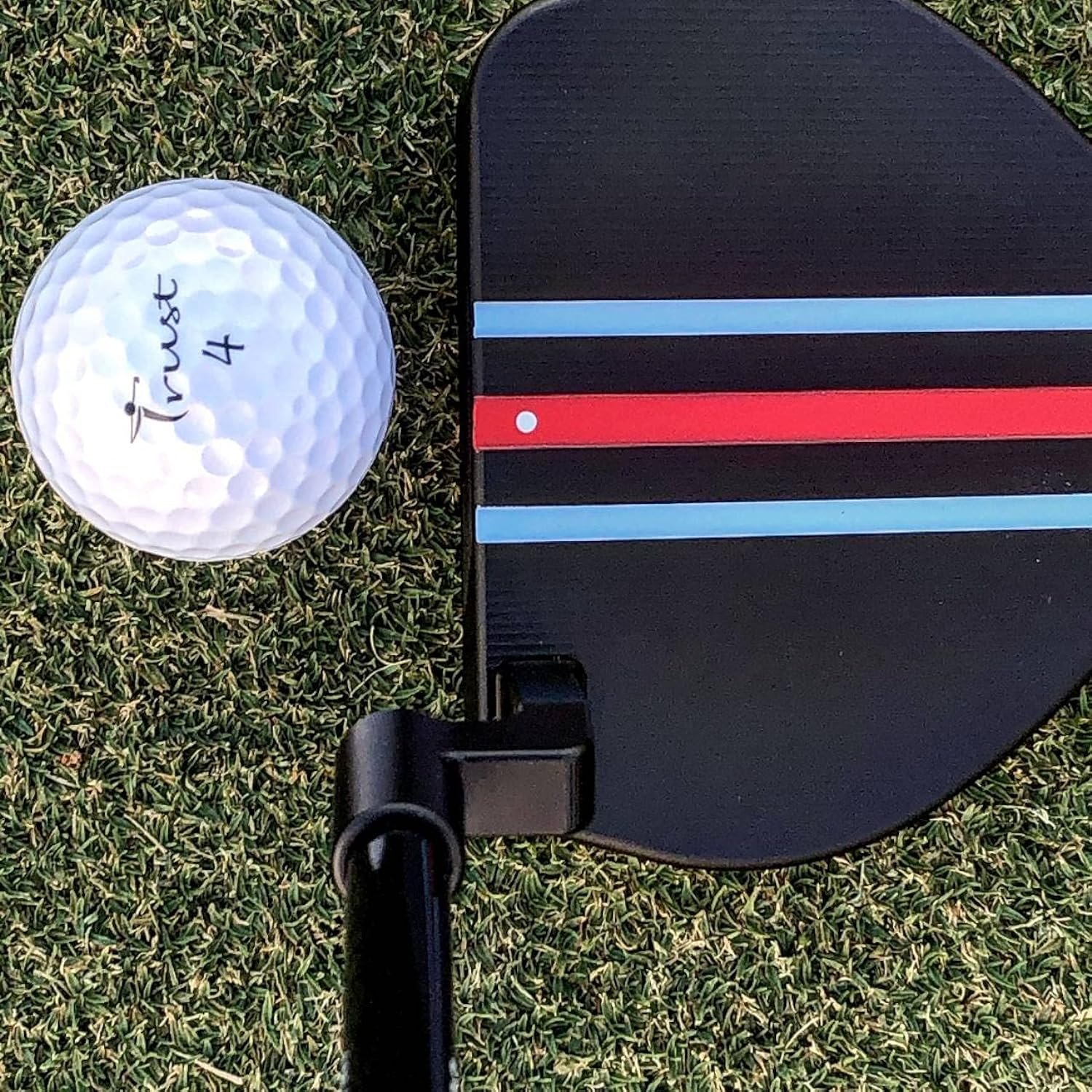
 Piper Golf Premium Golf Balls
Piper Golf Premium Golf Balls



